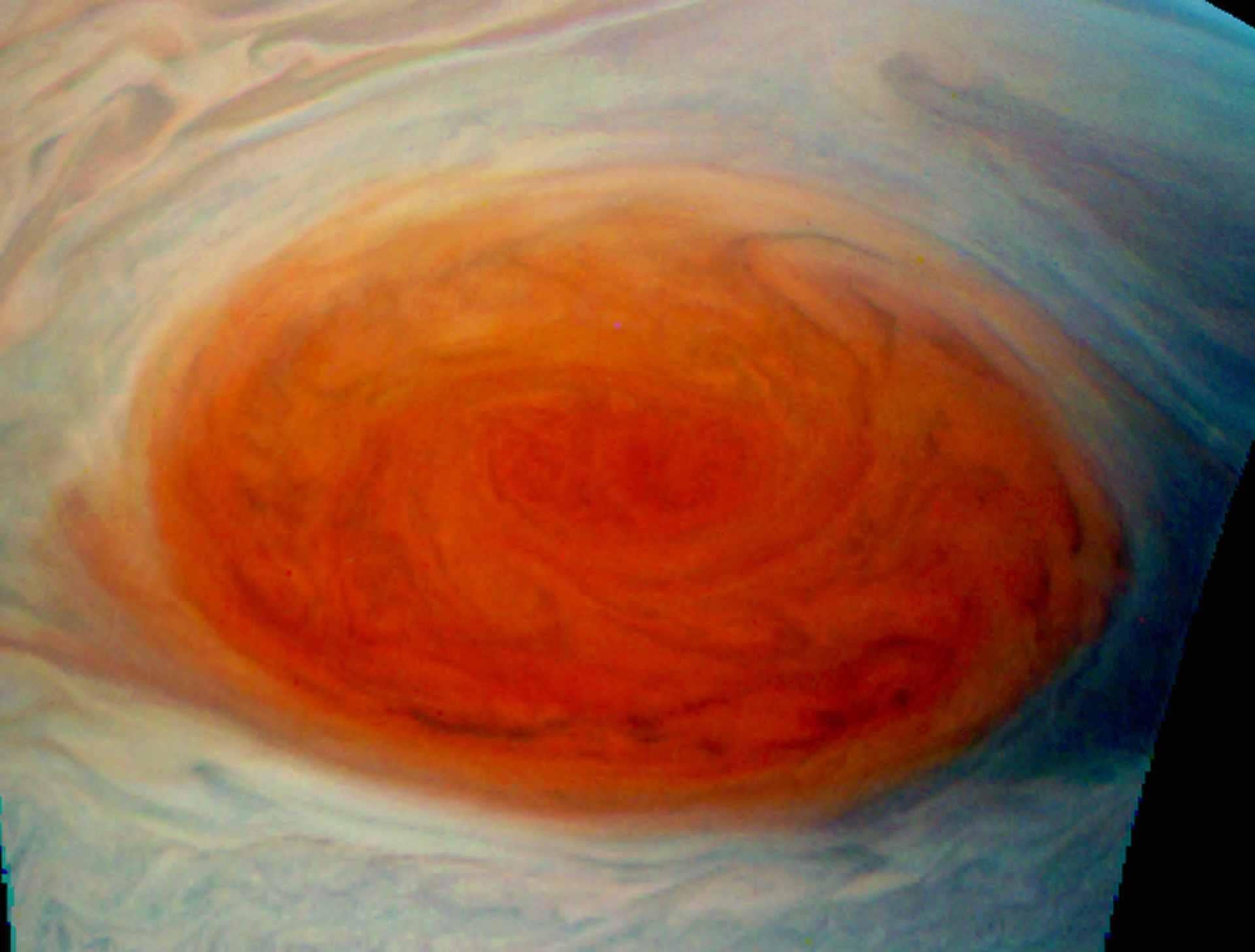Nasa releases stunning images of Jupiter's great red spot taken by Juno probe showing more detail than ever before
The storm is bigger than the Earth and has been swirling for 350 years

Your support helps us to tell the story
From reproductive rights to climate change to Big Tech, The Independent is on the ground when the story is developing. Whether it's investigating the financials of Elon Musk's pro-Trump PAC or producing our latest documentary, 'The A Word', which shines a light on the American women fighting for reproductive rights, we know how important it is to parse out the facts from the messaging.
At such a critical moment in US history, we need reporters on the ground. Your donation allows us to keep sending journalists to speak to both sides of the story.
The Independent is trusted by Americans across the entire political spectrum. And unlike many other quality news outlets, we choose not to lock Americans out of our reporting and analysis with paywalls. We believe quality journalism should be available to everyone, paid for by those who can afford it.
Your support makes all the difference.Nasa’s Juno probe has sent back stunning images of Jupiter’s great red spot.
The swirling, bright image – which is caused by a storm on Jupiter that could fit around three Earths inside it – has captivated humanity for centuries. But we have now finally seen it closer than ever before, after Nasa’s spacecraft swooped over Jupiter’s surface.
The images show the lush red swirl of the spot compared with the flowing blue waves of the planet that surrounds it – which some have compared to a painting by Van Gogh.
The data is still being sent down to Nasa, and so has not yet been fully processed. But it has released those raw files to the public – allowing scientists, artists and other people to begin working with them and create stunning pictures of the planet.
The images need to be processed because Nasa and its ship take pictures with red, green, blue and infrared filters and then edited together. That means that they can be altered and changed as they are pulled together into full colour, allowing for different colours and textures.
The flyby happened on Monday, and saw the Juno craft break records by flying just 5,600 miles above the planet’s surface. It has been sending back the data it captured since, and scientists expect to be studying it for years.
The images are only the beginning of Nasa’s work, however. Juno also carried sensors as it flew over, looking to explore the planet’s magnetic field and its atmosphere.
“This is a storm bigger than the entire Earth. It’s been there for hundreds of years. We want to know what makes it tick,” said Steve Levin, the lead project scientist for the Juno mission at Nasa’s Jet Propulsion Laboratory.
Scientists don’t know for sure how the storm has kept raging for 350 years. But they think that it is powered by energy coming out of Jupiter’s interior that is swept up with the rotation of the planet.
Join our commenting forum
Join thought-provoking conversations, follow other Independent readers and see their replies
Comments